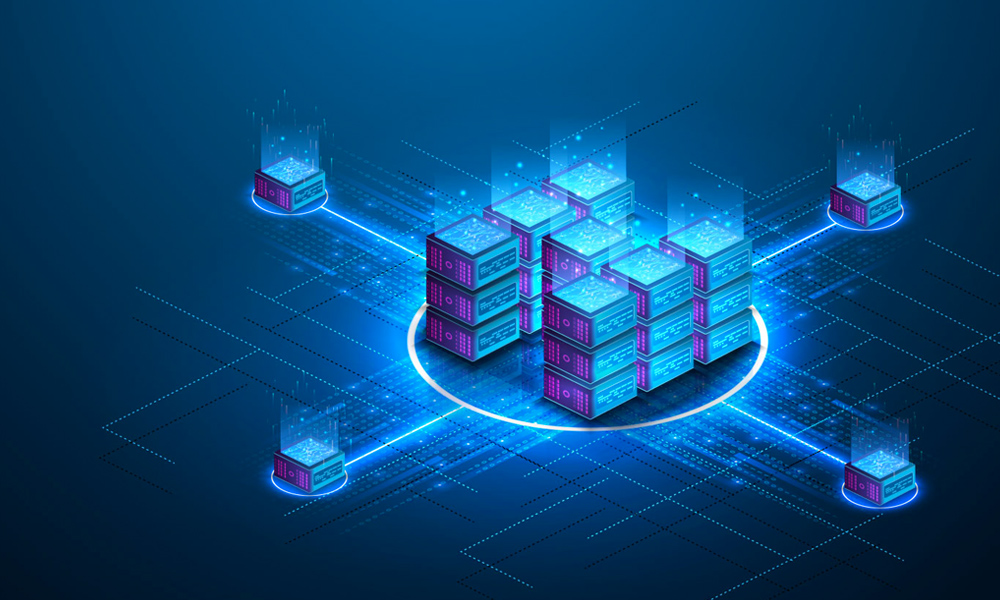Edge Computing and Hyperscale Data Centers: How They Support Each Other

Technology is rapidly evolving, and massive digital transformation in every business sector everywhere has stimulated the birth of various technological advances. These days, as we’re welcoming an era in which tremendous amounts of data are created, transmitted, stored, processed, and analyzed, we hear a lot about edge computing. As those computing domains require the next level of scaling, the term hyperscale computing has been invented. Both offer the world their own benefits, but a question arises. Do they affect each other?
How Edge Computing Supports Hyperscale Data Centers
Essentially, edge computing works by localizing (or decentralizing) data acquisition, storage, processing, and analysis; that is why edge data centers are typically smaller in size and geographically located in areas closer to where users are. With this capacity, edge computing overcomes the issues of distance, capacity constraints, multiple network hops, and centralized processing loads that exist in traditional internet architecture, leading to low latency and reduced bandwidth cost.
Meanwhile, hyperscale data centers are at least 10,000sq ft. in size and have at least 500 cabinets as well as 5,000 computing and storage servers linked with an ultra-high speed, high fiber count network. This architecture is designed for hyper-scalability which leads to high levels of performance, productivity, and also redundancy to ensure liability tolerance and high availability. With this design, hyperscale data centers provide the ability to handle high-volume traffic and the heavy computing workloads of today’s data-intensive and highly interoperable systems. Nonetheless, although hyperscale data centers can provide hyper computing and handle high traffic volume without problems, there are only about 600 of them globally, and most are located around major cities. This many hyperscale data centers won’t be able to reach every nook and corner of the world such as smaller cities, rural areas, and remote locations.
Edge computing topology makes data processing possible in low bandwidth environments, such as remote towns and rural areas. Due to unreliable network connectivity, it’s usually difficult for users in such environments to transfer data, download and upload large files, or stream HD videos. Edge computing ensures a faster, seamless, and high-quality experience for users regardless of their locations. Thus, edge data centers work as the extension of hyperscale data centers in smaller areas.
How Hyperscale Data Centers Support Edge Computing
The development of edge computing is a response to the growth of IoT devices and sensors, which capture various data and transmit them over the internet for storage or further processing by other connected devices. IoT is reshaping how our world operates, and it will only continue to become more advanced yet more ubiquitous. Experts predict that, by 2025, IoT sensors all over the world will create exabytes (1 exabyte is 1.000.000 terabytes) of data everyday which will be transmitted through next-generation networks with the lowest latencies possible, and it will require zettabytes (1 zettabyte is 1.000 exabytes) of data to be stored in the global datasphere. This amount of data will require an infrastructure that has a massive storage capacity.
This is where hyperscale data centers come as a support to IoT and edge computing. With their specific physical characteristics, hyperscale data centers offer the ability to store high volumes of data. The existence of hyperscale data centers supports the work of edge computing at edge data centers.
In the time when data and computing become a necessity-like utility, hyperscale and edge data centers work separately but collaboratively through each own capacity and capabilities. Even as they evolve, both hyperscale and edge computing serve the same goal of providing better digital experience to as many users as possible.

















